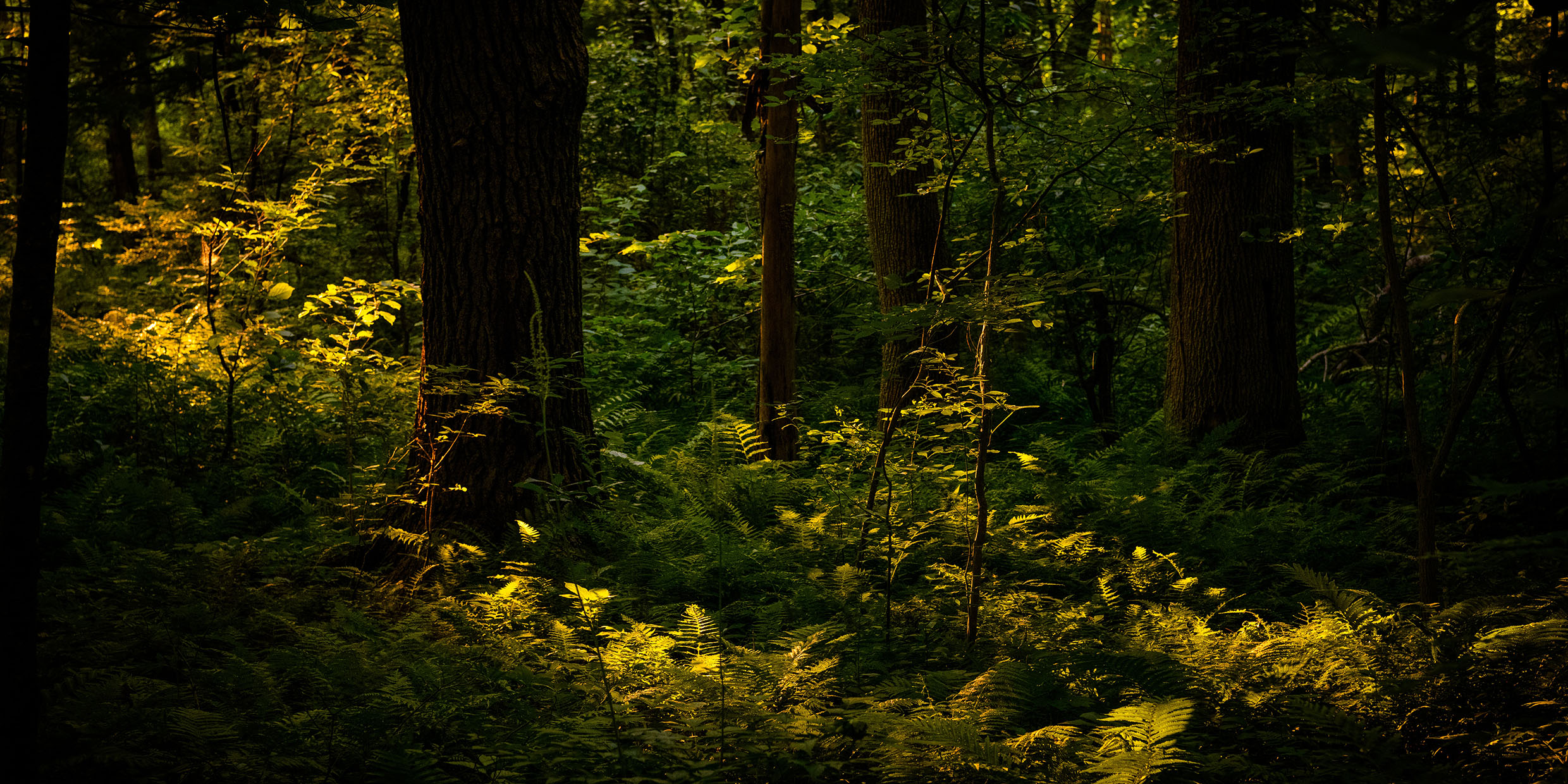Originally published 14 March 1994
“…the immense piles of snow that, by alternate thaws and frosts, and repeated storms, had obtained a firmness which threatened a tiresome durability.”
Sound familiar? The words are from James Fenimore Cooper’s The Pioneers, set in the winter of 1792 – 93, but they might as well be describing the winter of 1993 – 94.
Which explains, too, why I am reading Cooper, the long-winded novelist of the early-19th century, whose long wind was much appreciated by snowbound New Englanders. His ripping and interminable yarns were — and are — the perfect way to pass away winter-extended hours of darkness and frost.
The Pioneers introduced American readers to Natty Bumppo, a.k.a. the Deerslayer, the Pathfinder, the Leatherstocking, or Hawkeye. In the book, Natty is an old man of nearly 70 years, settled on the shore of Lake Otsego in upstate New York, and he plays only a supporting role among the cast of characters. The books that recount his earlier adventures, the so-called Leatherstocking Tales, came later from Cooper’s pen; they were prequels inspired by the popularity of Natty’s character.
In his old age, Natty has become, willy-nilly, something of a philosopher. And mostly what he philosophizes about is the destruction of his beloved wilderness by “the wasty ways” of settlers.
“Ah! the game is becoming hard to find, indeed, Judge, with your clearings and betterments,” he tells the principal landowner of the region, upon whose land he squats. With his Pennsylvania long rifle and dead eye, Natty takes his share of game, but it is the farmers, not the hunters, he insists, who make game scarce.
The farmers use long seines to drag fish by the thousands from the waters of the lake, rather than hook or spear. They blaze away with abandon at the great flocks of passenger pigeons that pass overhead, employing even cannon charged with grapeshot, killing 20 birds to eat one. “This comes of settling a country,” laments Natty.
The felling of trees frets him most. He imagines the day when the great silent forests will have been reduced to an endless desert of stumps, with no place for game to live. His landlord, Judge Temple, shares his concern, and predicts that if laws against the taking of wood are not enacted, then “20 years hence, we shall want for fuel.”
All of this when the population of Boston was less than 20,000.
Natty Bumppo and Judge Temple were not alone in lamenting the wanton destruction of the wilderness. Many early-19th century naturalists warned of the fateful consequences that would follow denudation of the forests.
It is difficult for present-day New Englanders, who find all the necessities of life at Kmart, to imagine the pressures on the forests of 200 years ago. In Natty Bumppo’s day, the overwhelming majority of citizens were farmers, and the clearing of land for agriculture proceeded apace. There were also the timber industry, the charcoal industry, the barrel stave industry, and the taking of oak bark for tanning. Drafty fireplaces hungrily consumed what was left of the forest.
As it turned out, however, the forests of the Northeast not only survived but mostly recovered from early depredations. With the opening of the Erie Canal, farmers moved west to more fertile lands in Ohio and beyond. The railroads brought building timber from the far northern forests of New Hampshire and Maine. Coal, and eventually oil and gas, replaced firewood as domestic fuel. Today, there are more woodlands in southern New England than in Cooper’s time.
By the mid-19th century, perhaps 80 percent of southern New England was in field and pasture. The stone walls that thread our present woods are evidence of those previous clearings, but satellite photographs show the region now amply wooded.
There are those who will take this as a lesson that technology will solve whatever environmental problems technology creates, and that conservationists are therefore bothersome doomsayers, destined to be as wrong as was Natty Bumppo. They fail to remember that the technological developments that allowed northeastern woodlands to recover simply moved environmental problems into someone else’s backyard.
The northeastern woodlands survived, but only at the expense of the soot-covered industrial cities of the Midwest, the strip-mined hills of Appalachia, and ultimately the more vulnerable environments of Third World countries.
The old woodsman of Lake Otsego would not have cared a fig about what happened to distant rain forests or tropic reefs, as long as the dark cathedrals of his own forests remained intact. What is required today, however, is a global conservation that Natty Bumppo could not have imagined — not NIMBY (not in my backyard), but TPIMBY (the planet is my backyard).
The snowbound winter of 1792 – 93 at last gave way to spring, as winters do, and “the green wheat fields were seen in every direction, spotted with the dark and charred stumps that had, the preceding season, supported some of the proudest trees of the forest.” Natty Bumppo cast a melancholy eye upon this local evidence of wasty ways. We must take a longer, global view.



